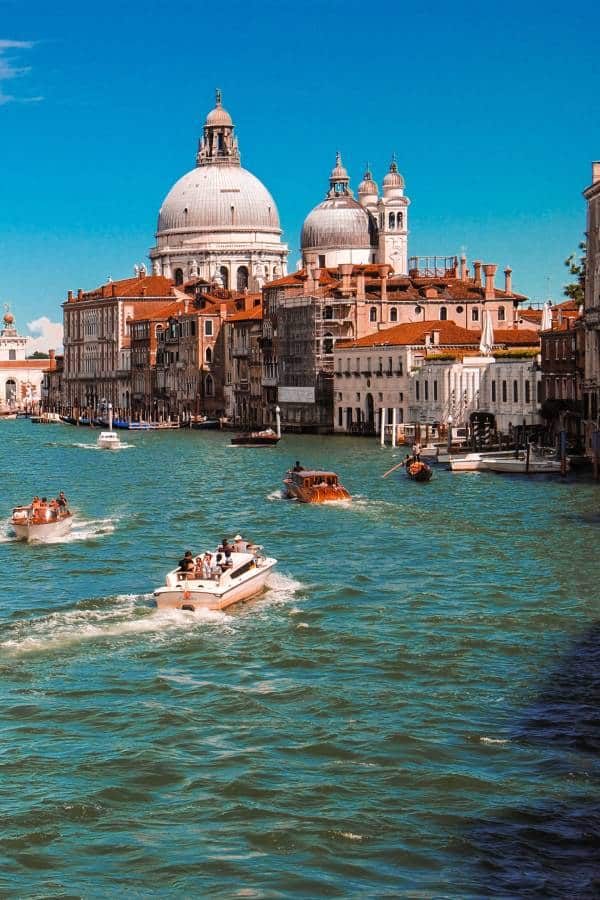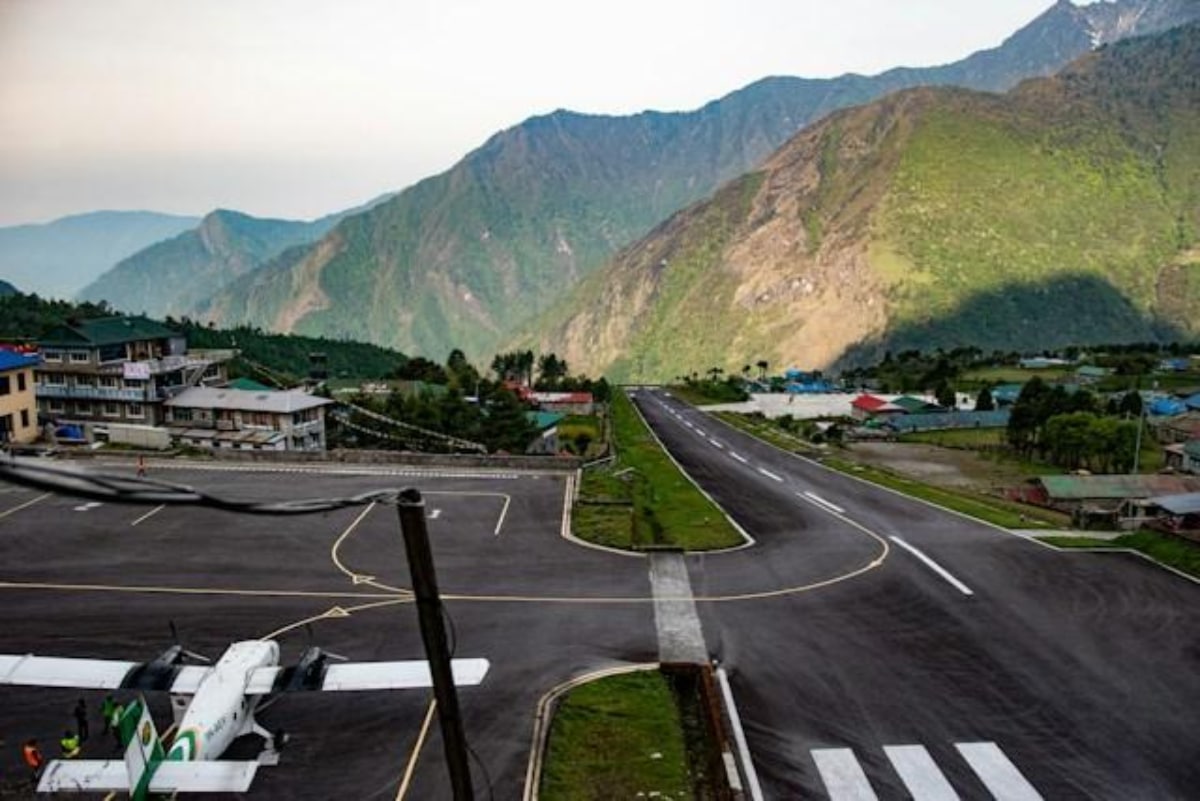 We live on a beautiful planet with many remote, untouched gems we have yet to discover. But what if we told you there are multiple regions in the most remote places you can access? Those “undiscovered” paradises are usually hard to reach, meaning you must use pretty much every mode of transport to access them. You might be wondering what the fuss is all about, but trust us, visiting these isolated places will provide you with a new perspective while simultaneously enjoying its beauty. This article explores small airports which deliver access to remote paradises.
We live on a beautiful planet with many remote, untouched gems we have yet to discover. But what if we told you there are multiple regions in the most remote places you can access? Those “undiscovered” paradises are usually hard to reach, meaning you must use pretty much every mode of transport to access them. You might be wondering what the fuss is all about, but trust us, visiting these isolated places will provide you with a new perspective while simultaneously enjoying its beauty. This article explores small airports which deliver access to remote paradises.
What Are Small Airports and Why Do They Matter?
International airports like your LAX, London Gatwick, or even Cape Town International are visited by millions of travelers annually. They are used to travel to and from most destinations. However, smaller airports allow access to places you have never dreamed of.
While smaller airports have become overshadowed by their larger counterparts, they are the lifelines of remote communities and play this role quite well. Unlike major international airports, smaller airports are often surrounded by unexpected natural beauty.
Tenzing-Hillary Airport (LUA), Nepal
Nepal is best known for one of its most iconic natural features, the Himalayas. Tenzing-Hillary Airport (also known as Lukla Airport) sits in the heart of the Himalayas and is widely known as one of the most scenic and difficult-to-reach airports. Not only are there towering peaks surrounding this airport, but it is also a gateway to Everest — one of the most remote places in Nepal. While millions of people have visited Everest, it is still regarded as remote since there are few residents, and it is only accessible by plane. Lukla Airport works well for smaller aircraft, like a private jet charter, because of its short runway, high altitude, and unpredictable weather.
Kangerlussuaq Airport (SFJ), Greenland
There is a running joke regarding the ironic names of Greenland and Iceland — Greenland is icy, cold, and snowy, while Iceland features vast amounts of lush green land. While there are multiple theories for the opposing names, Greenland’s icy landscapes remain a drawcard for many tourists. Kangerlussuaq Airport is a crucial hub connecting travelers to some of the most remote parts of the region — this includes the glaciers, fjords, and even the Northern Lights.
For many, it seems as though these areas are easily accessible. Kangerlussuaq Airport is in the Arctic Circle, meaning one can expect treacherous weather occasionally. However, the airport facilitates access to some of the best places you will ever see.
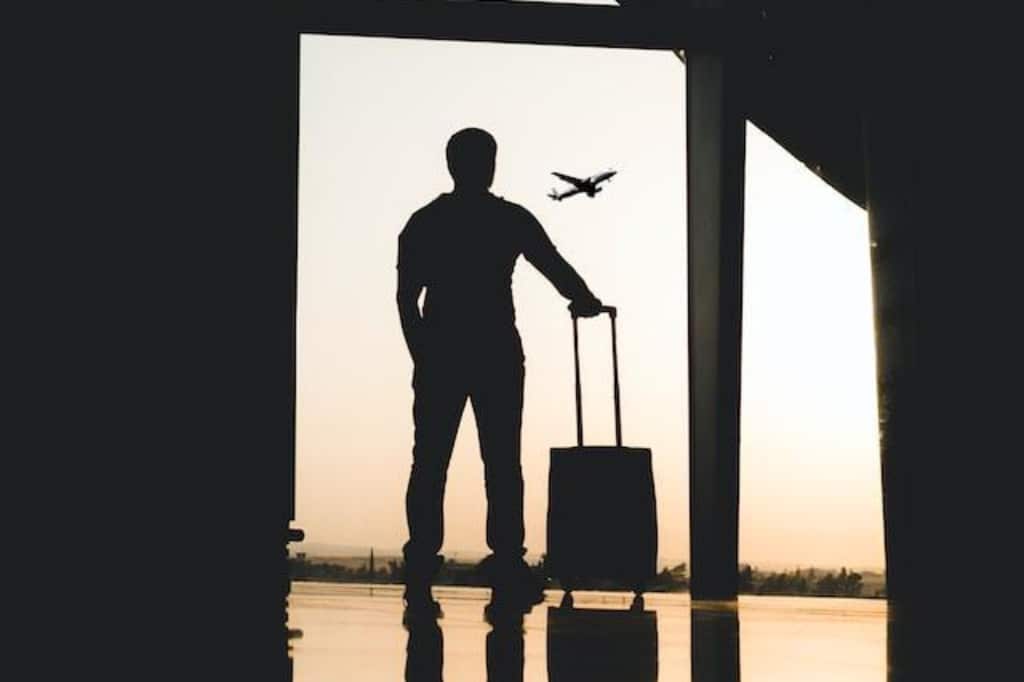
Inisheer Aerodrome (INQ), Ireland
Who would have thought a small Irish town would feature on this list? Well, Ireland is a breathtaking location with a rich culture and history you cannot find anywhere else. This airport is located on one of the smallest Aran Islands: Inisheer.
The airport serves two purposes: it is a lifeline for residents and a gateway for tourists to visit the most remote places in the country. Because the airport is relatively small and has an elevation of only 42 feet, it demonstrates how valuable regional airports are to sustaining remote communities and their culture.
Juancho E. Yrausquin Airport, Saba (SAB), Caribbean Netherlands
If you haven’t heard of the Dutch Caribbean before, you’re not alone. This remote destination is one of the Netherlands’ best-kept secrets, with an airfield in the Netherlands Antilles. Cliffs and mountains surround the airport, which has the shortest commercial runway in the world.
This airport allows access to Saba’s volcanic landscapes and coral reefs, which you can imagine is one of the most isolated places in the area. This is one of the most peculiar air spaces in the world due to its unique setting, which shows how adaptable the airport is in serving the needs of hard-to-reach places.
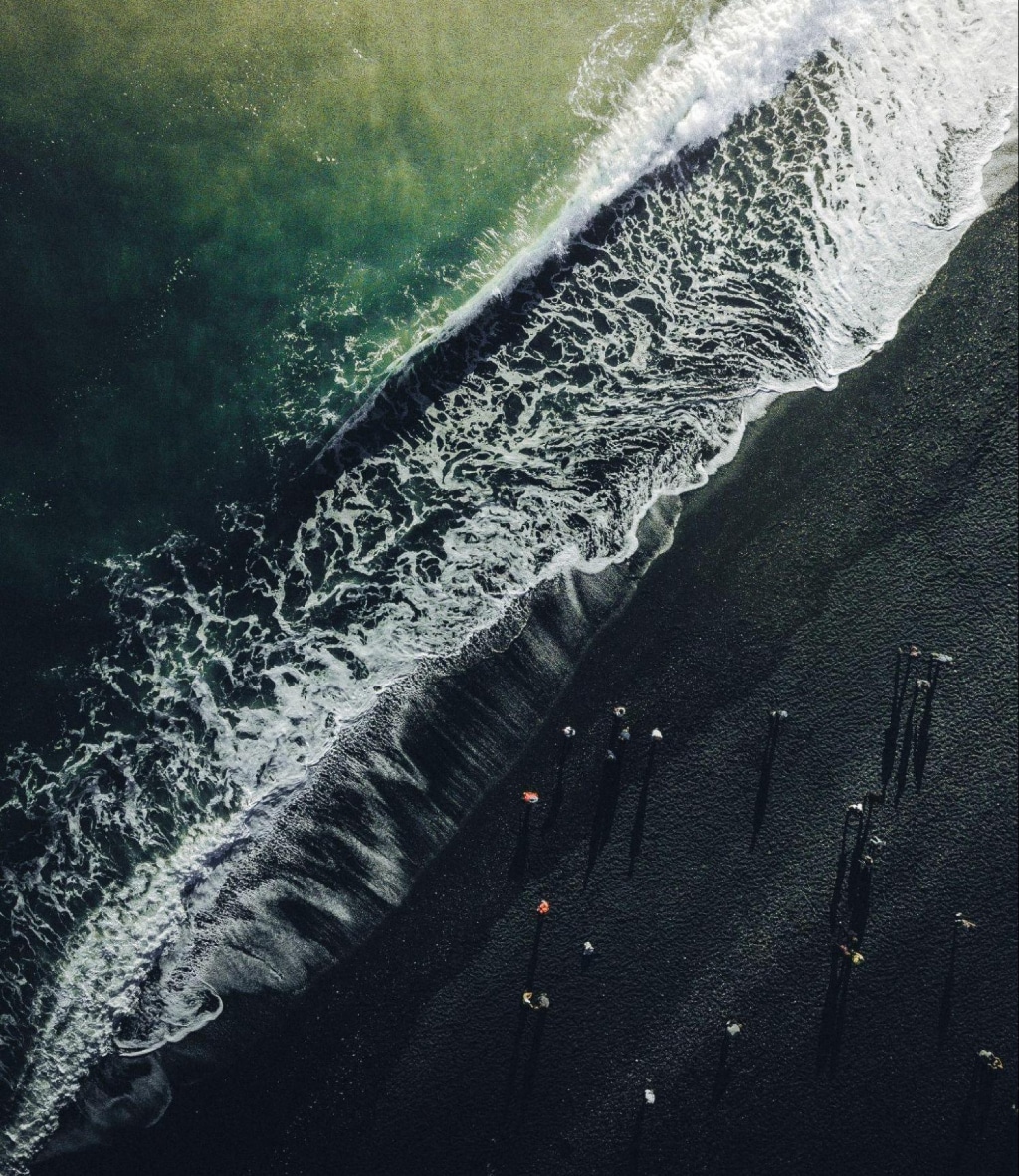
El Tepual International Airport, Puerto Montt (PMC), Chile
This is one of the few smaller airports that serves both private and commercial flying, which serves the tourist hub of Puerto Montt. El Tepual International is an entry point to Chilean Patagonia and allows travelers to enjoy the best of the region, including the Andes Mountains and the surrounding exquisite wilderness.
One of the reasons this small airport is a great one is its location — Southern Chile, to be exact. Those seeking an isolated adventure will be blown away by Torres del Paine National Park and the Chilean Fjords — where beauty and nature merge.
Svalbard Airport, Longyear (LYR), Norway
This little aerodrome is the main airport that serves Svalbard. Located 3.1 miles northwest of Longyearbyen, it is the northernmost airport in the world and was the first airspace constructed near Longyearbyen during World War II.
Svalbard is your gateway to an icy wilderness, a region accessible by only a handful of modes of transport. Travelers are afforded a chance to hop off the plane and explore nature in all its glory — including the Aurora Borealis and glaciers. If you are lucky, you might even catch a glimpse of a polar bear.
Captivating and Diverse Small Airports
The world is filled with small airspaces that connect tourists with untouched places described in books and films. From exploring the Himalayas once you touch down at Lukla Airport in Nepal to seeing Chilean Patagonia once you leave El Tepual International, each place is unique and offers something entirely different from the next. So, which remote location are you headed to next?





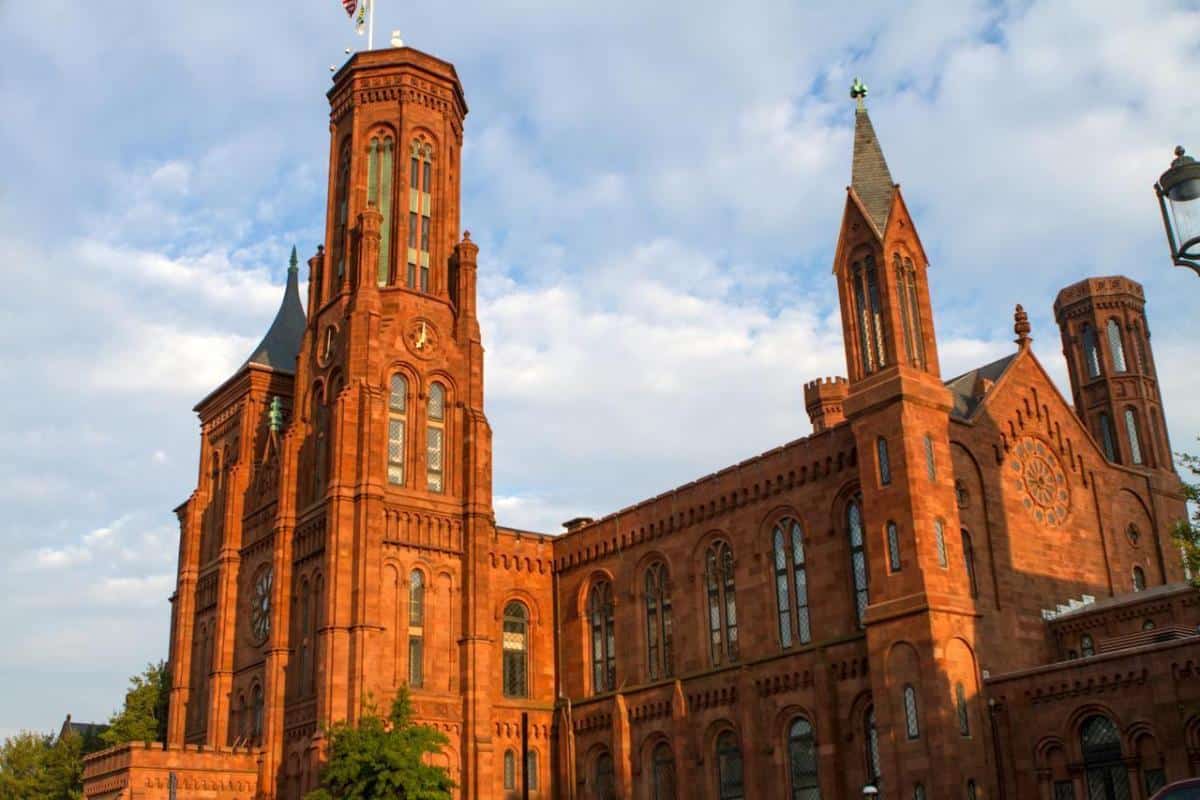
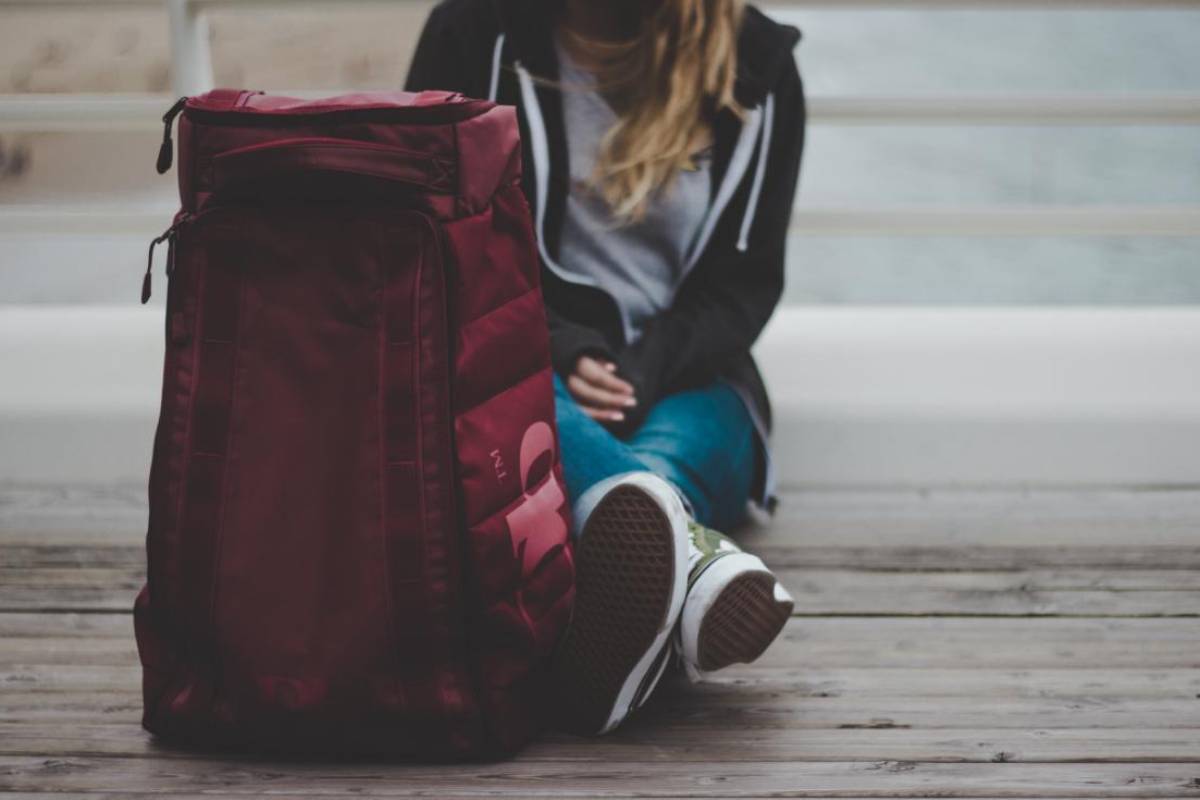
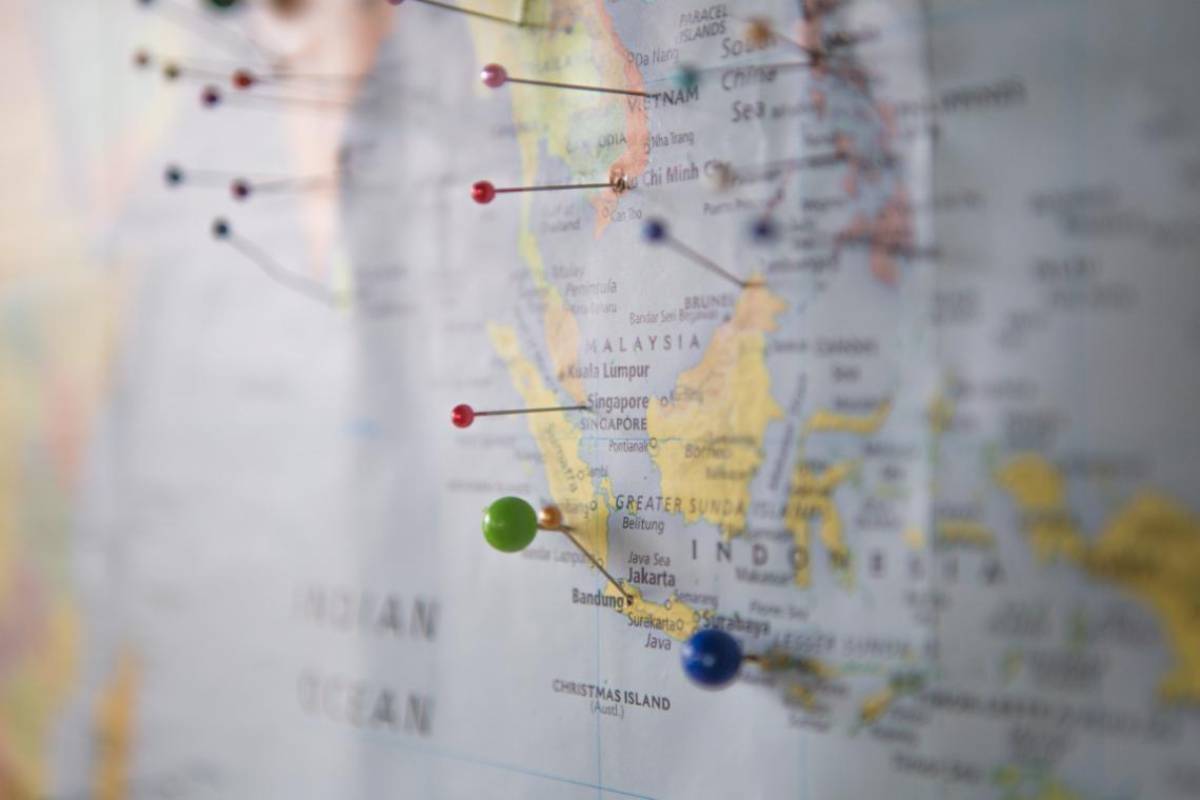
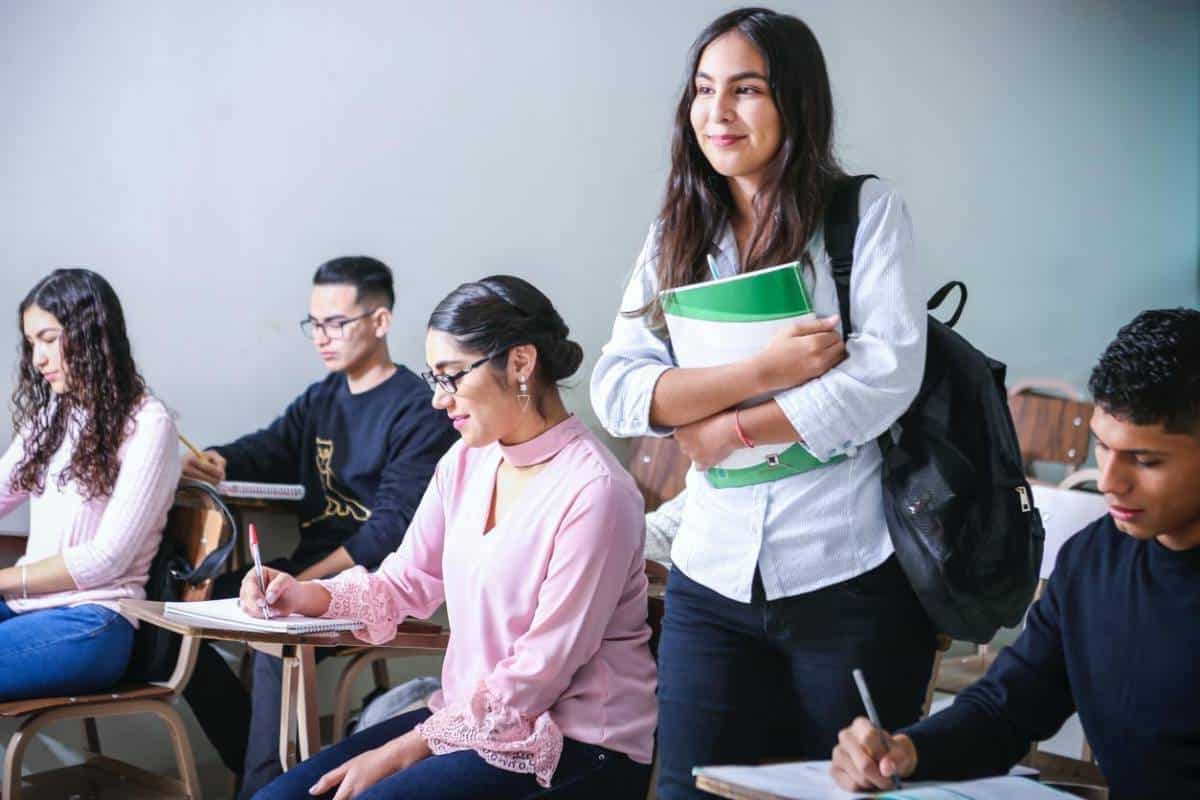
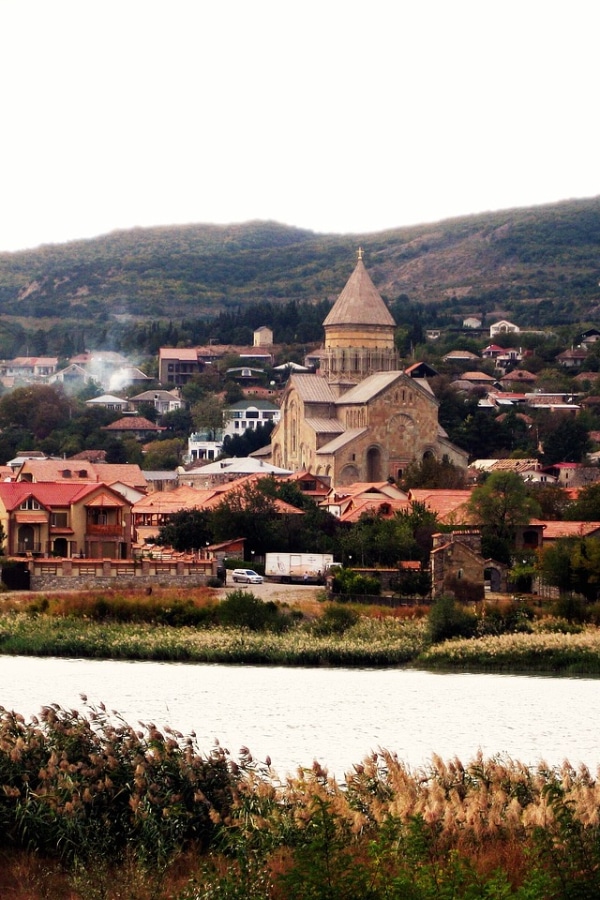 How being immersed in a culture affects learning.
How being immersed in a culture affects learning.